Edvard Munch (1974)
“How can a young man who looks so nice create things like this?”
|
Synopsis: |
|
Genres, Themes, Actors, and Directors:
Review: Utilizing a unique docudrama approach (including Watkins himself in voiceover), the film features primarily non-professional Norwegians in its cast — including Westby (who looks eerily like him; this is his only credit) as grown Munch. I’ll cite next from DVD Savant’s review, which emphasizes the ingenuity of the film’s style:
Savant, an editor himself, adds that “Edvard Munch cuts all over the temporal map and communicates its intentions with pinpoint accuracy. A dozen formative memories and traumatic incidents are ever present in Munch’s work, and they recur time and again.” Indeed, it’s easy to see how (understandably) influential it was to Munch to live a childhood of illness and death (his mother and favorite sister both died): … and to wonder if or when heritable mental illness would land upon him. (It did, eventually, though we don’t really see that depicted here.) We do see the strong influence of living amongst free-loving, philosophizing bohemians: … in particular nihilist Hans Jæger, who apparently enjoined him to “paint what he felt” — eventually leading to his unique style of “soul painting,” which we learn was rejected by many if not most critics around him. I was intrigued to learn a little more about one of his most famous paintings, “Madonna,” which more likely was meant to depict a partner’s view of a woman during love-making. His model and lover, Dagny Juel (Iselin von Hanno Bast), is shown in the film (she had a horrific ending in her real life). Munch’s existence was an undeniably challenging one — though it’s fortunate he managed to live his later years in relative peace (other than Nazis occupying Norway and calling his work degenerate; oh well). Neither Munch nor any of his siblings ever had kids — which I mention because I happen to be related to him (though obviously not directly). My maternal grandmother, Nanna née Munch, was his second-cousin once removed: she was the child of two Munchs (Jens Lauritz Munch and Nanna Munch), both of whom were children of Munchs as well (Jonah Storm Munch and Peter Christian Munch, respectively). (A little inbreeding, anybody?) Jonah and Peter’s grandfather, Peder Munch, was father to an older Edvard Munch, who gave birth to Kristian Munch, father of “the Edvard” of painterly fame. All to say, I grew up knowing about my Munch heritage, seeing copies or cheap prints of his paintings all over the house, and visiting the same Edvard Munch Museum in Oslo that inspired Watkins to make this film. I can attest to their vibrancy, and also the strong theme of expressionist angst that literally pervades his work; it’s fortunate that he left all his estate to the city of Oslo, so viewers can continue to appreciate and learn from them. Note: Munch was featured on a 1,000 kroner banknote (removed from circulation in 2019), which leads me to share one more personal tidbit: from my father’s side of the family, Norwegian scientist Kristian Birkeland was on the 200 Kroner note until 2017, when he was replaced by an image of cod. Birkeland, like Munch, was consumed by his work (he was nominated for a Nobel Prize 7 times), never had kids, and died a very mysterious death in a hotel in Tokyo; he’s related to my paternal great-grandmother Birkeland. Norway is a small country. And no, I don’t think I’m related to either Edvard Grieg or Henrik Ibsen, darn it. Notable Performances, Qualities, and Moments:
Must See? Categories
Links: |
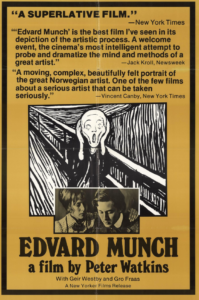


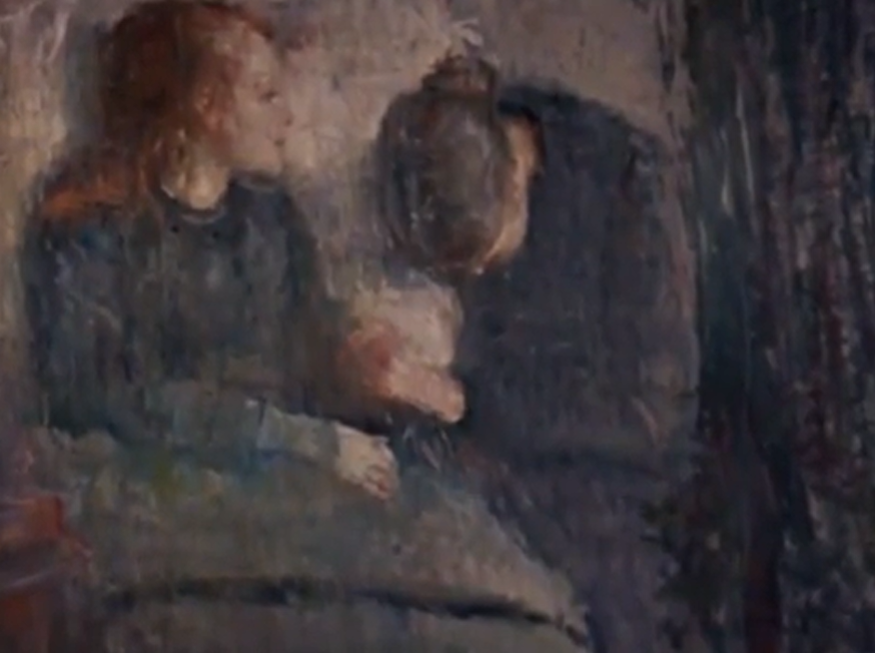
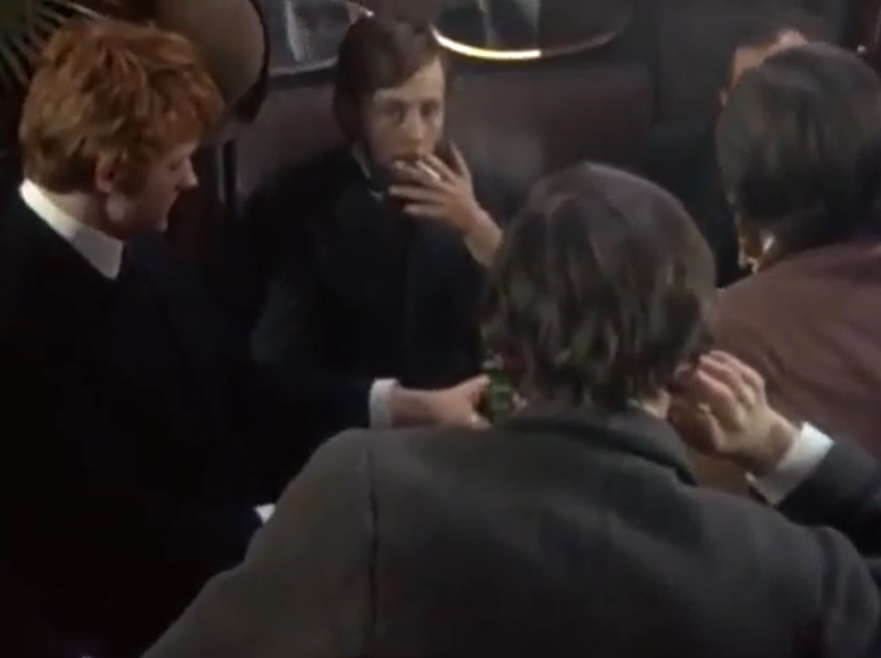


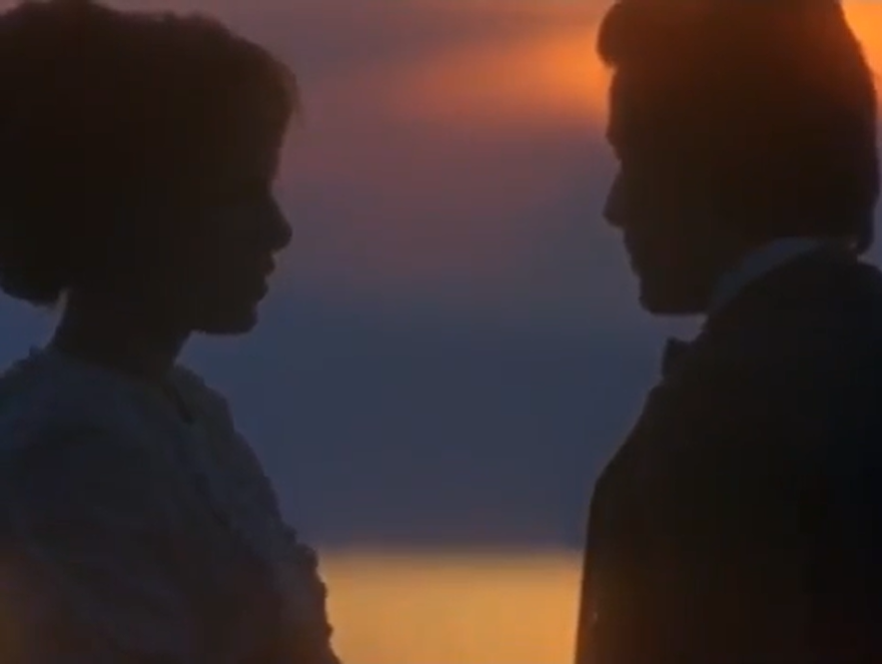
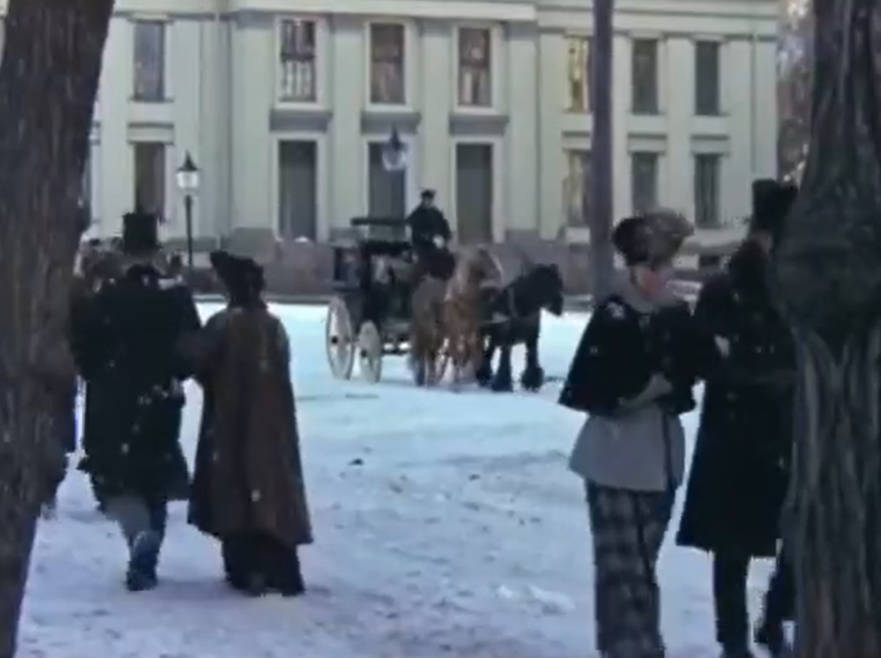
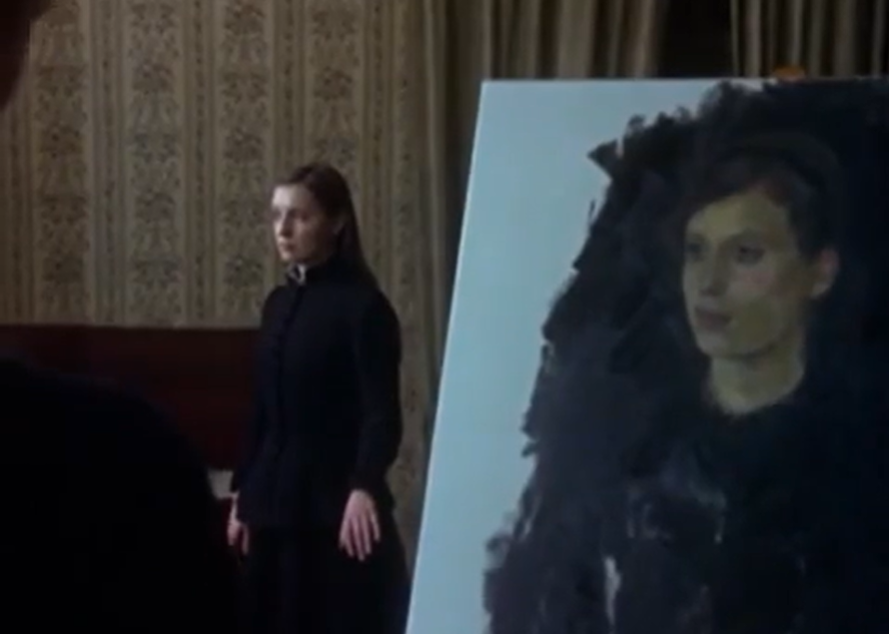

One thought on “Edvard Munch (1974)”
First viewing (5/16/21). A once-must for its place in cinema and cultural history.
Some may hesitate at the thought of a 3 1/2 film about a painter. (I felt somewhat hesitant myself.) But director Watkin’s skill is such that, soon after the film started, I felt myself swept up in it. I did take a few breaks throughout but also felt anxious to return to the film.
The right approach was taken in dividing the film between documentary-style and minimalist drama. The writing is strong – consistently economic and to the point – so there really aren’t any lulls. (As we watch, we’re kept mindful of other artists and world personalities who overlapped with Munch’s life, as well as significant world events. This information places Munch in context with the changing times, trends and circumstances.)
What stands out most is Munch’s compulsion to not only continue (in the face of almost complete public rejection) but to stretch himself through / into different art forms.
At times, I was reminded of Altman’s ‘Vincent and Theo’ – yet this depiction of an artist goes much further and reaches much deeper into the soul of its subject. To the viewer’s satisfaction, one gets a rather full sense of Munch’s life – and though it’s not exactly a cheerful film (overall) I didn’t find it particularly depressing either. I feel it is a passionate attempt to delineate the artist’s reality in order to get as thorough an understanding of it as possible.
In short, though the film is about a single artist, it shows us a full picture of a life’s journey that many (if not most) of us can relate to.
And, on a side note… thank you for explaining your personal relationship to Munch.